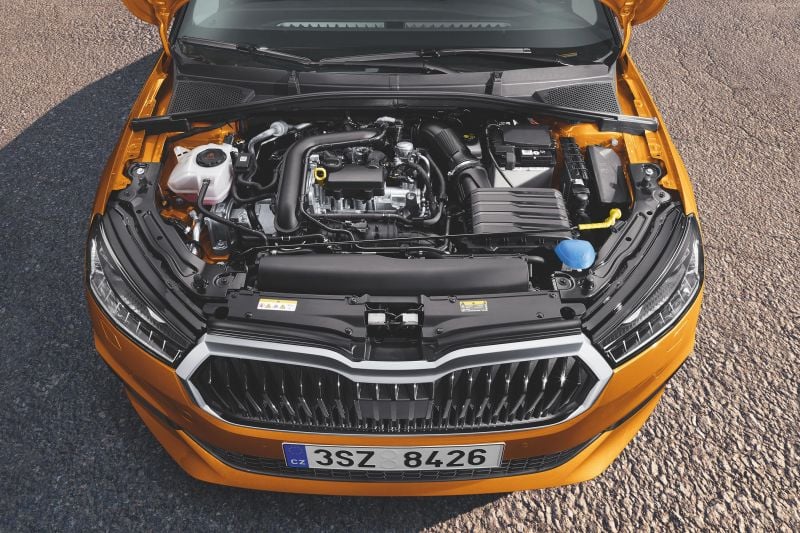As rumoured earlier this week, the European Council has recommended significantly watered down its Euro 7 emissions regulations for new passenger vehicles.
Due to go into effect from 1 July 2025, the original Euro 7 regulations proposed at the end of 2022 called for stricter testing protocols, as well as the harmonisation of emissions limits for both petrol and diesel passenger cars.
For example, the current Euro 6 rules permit diesel cars to emit oxides of nitrogen (NOx) at a maximum rate of 80mg/km, while petrol cars have a 60mg/km limit. On the flipside, petrol cars have a 1.0g/km carbon monoxide threshold, whereas diesel cars were limited to just 0.5g/km.
Some manufacturers, such as Stellantis and Renault, argued the original Euro 7 proposal would cost too much to implement, and divert important time and money away from their EV development efforts.
The detractors also argued the changes were an unnecessary distraction as the EU will, at this stage, effectively ban the sale of new petrol and diesel passenger cars from 2035.
In the end, at the urging of eight car-making nations – including France, Italy and Czechia – the European Council agreed to keep the current Euro 6 emissions rules for both petrol and diesel passenger cars and vans for the Euro 7 standard.
There will, however, tighter emissions restrictions on trucks and buses, new particle emission limits for brakes and tyres, and new rules for battery durability in electrified vehicles.
Today’s agreement by the European Council is just the first step in approving the new Euro 7 rules, with the European Commission and the popularly elected European Parliament also needing to provide their approval, meaning there could be further changes to the Euro 7 standards before they are enacted.
The EU enacted its first vehicle emissions law in 1993, with the bloc of nations tightening standards every five years or so. The 1993 Euro 1 standard limited NOx emissions to 0.97g/km, and carbon monoxide to 2.72g/km in diesel cars and 2.27g/km in petrol vehicles. It also set particular matter of limit 0.14g/km for diesel cars.
Fast forward to the current Euro 6 rules, which came in effect in 2015, NOx output was cut to 0.06g/km in petrol cars and 0.08g/km in diesel cars, carbon monoxide emissions reduced to 1.0g/km in petrol cars and 0.5g/km in diesel vehicles, and particulate matter limited to just 0.005g/km in both diesel and petrol cars.
Let us know your thoughts in the comments below!
























